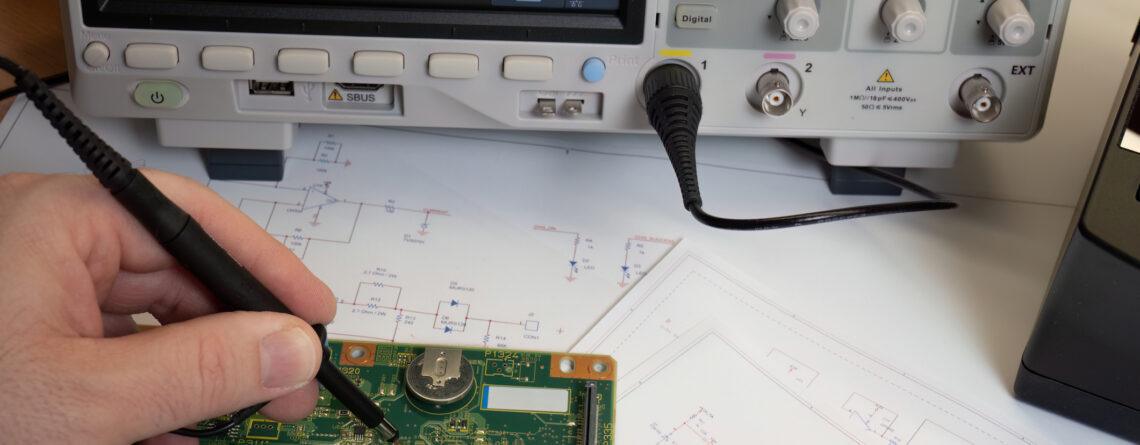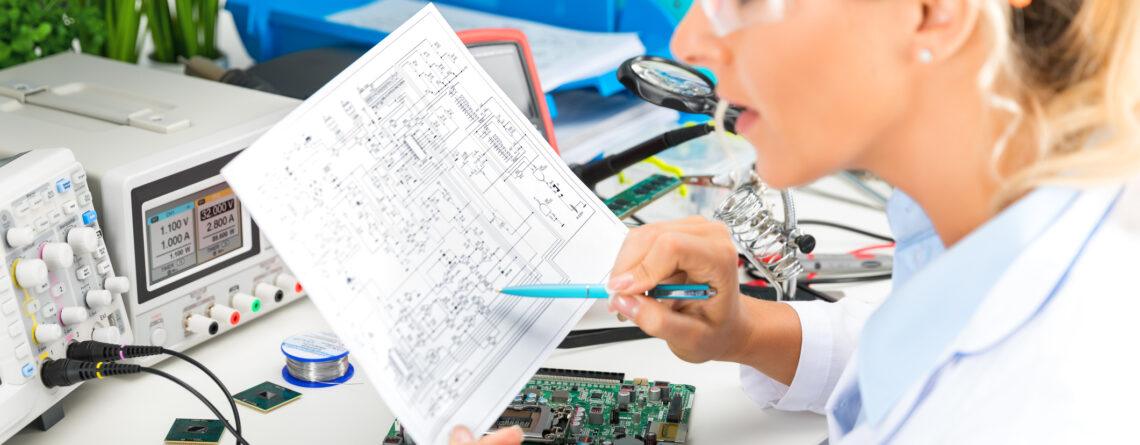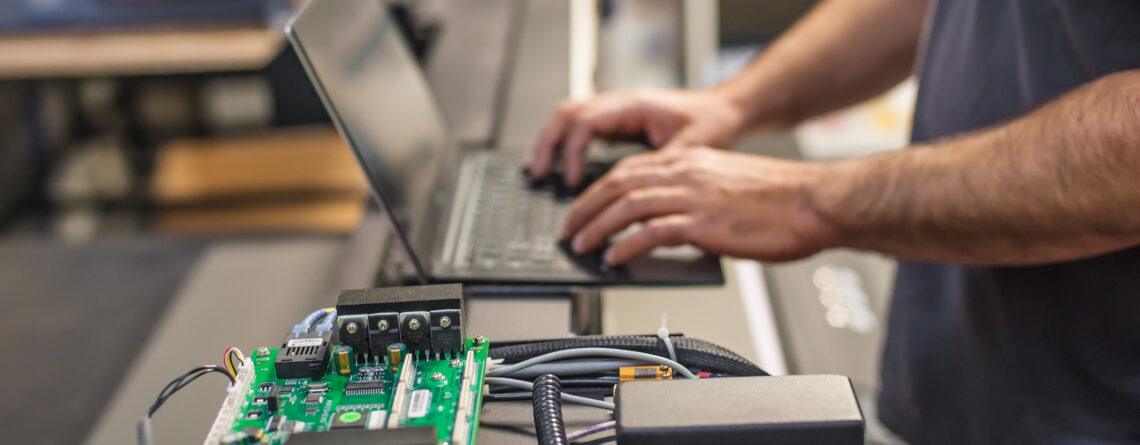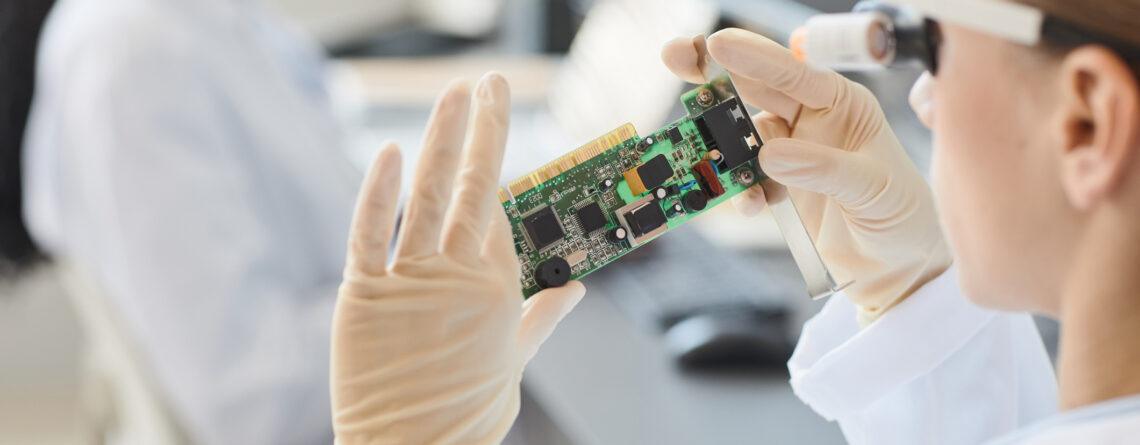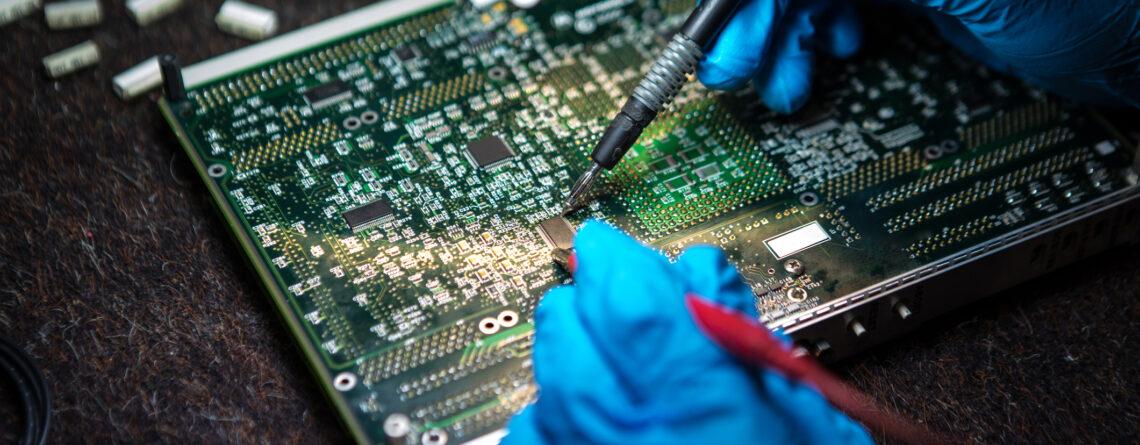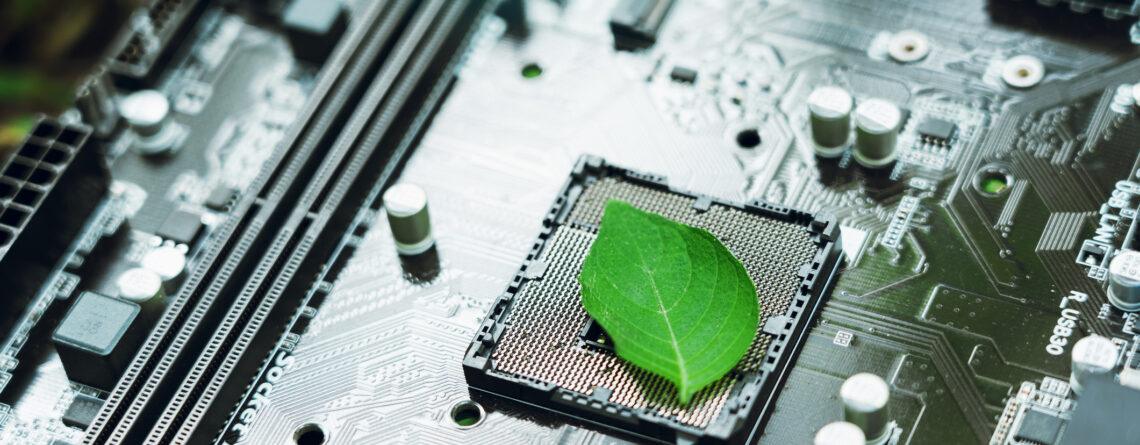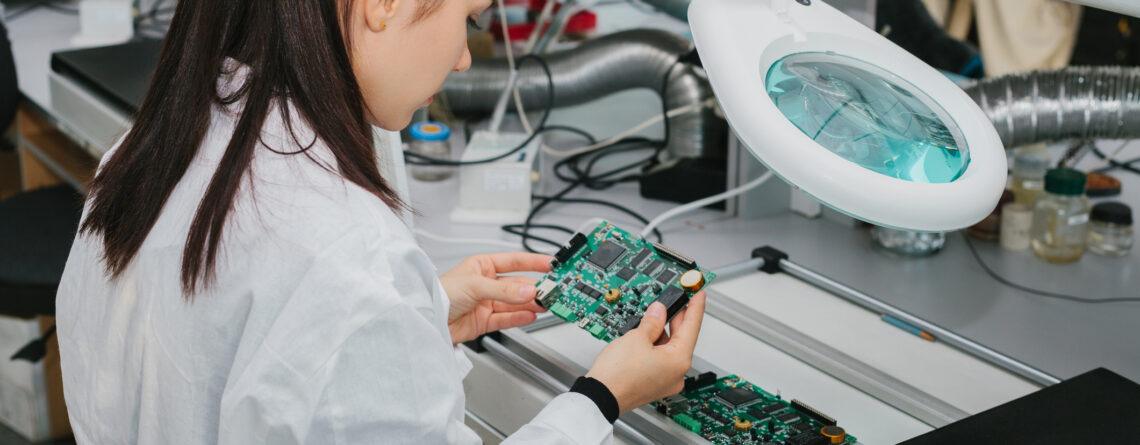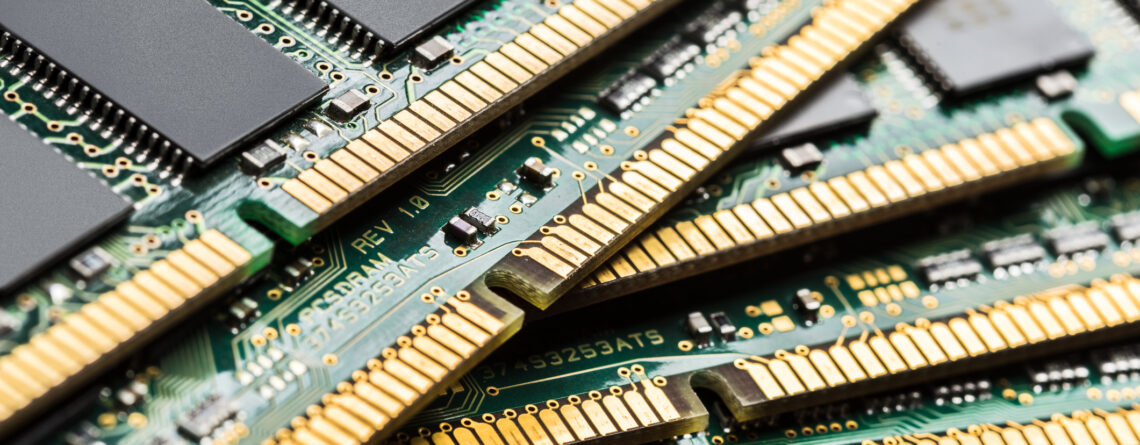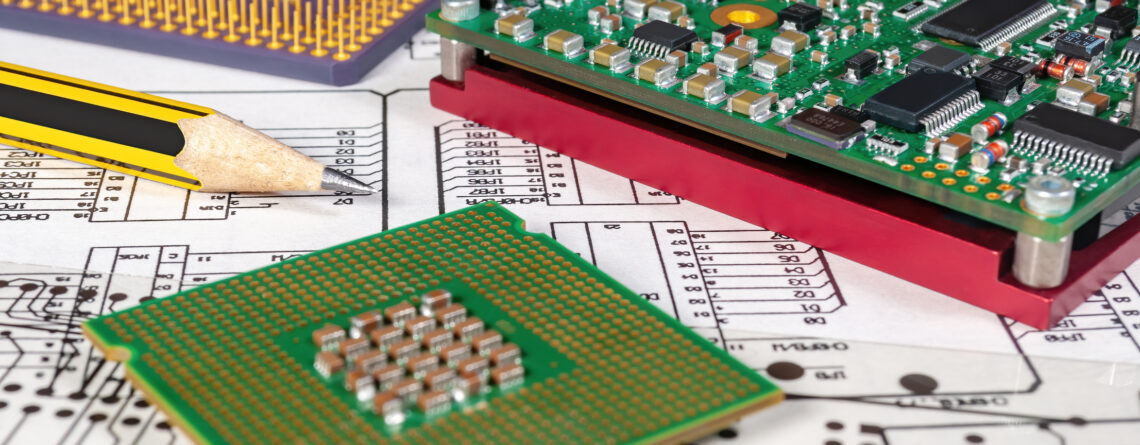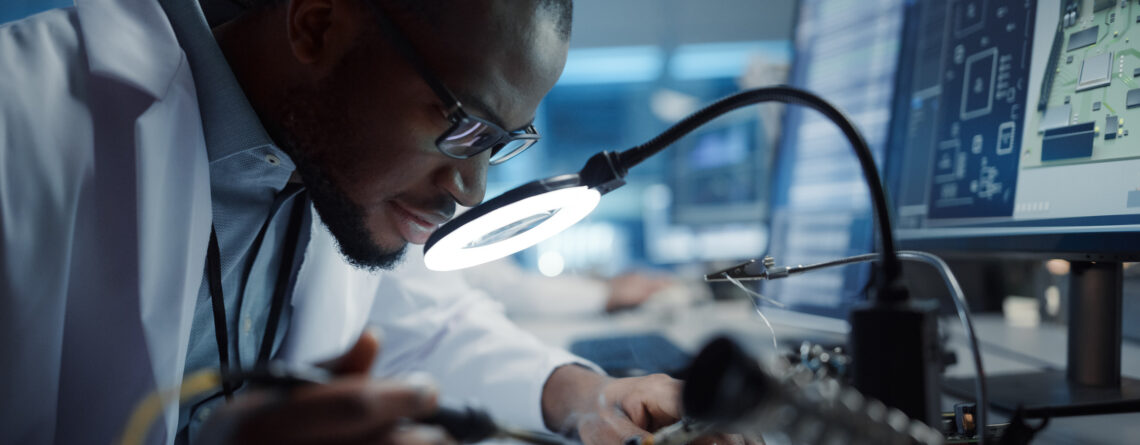Bridging Design and Production: How DVT Drives Manufacturing Readiness
Moving a product from concept to full-scale production is a complex journey; one that requires more than successfully testing a prototype. After Engineering Validation Testing (EVT) confirms main functionality, Design Validation Testing (DVT) becomes the important next step. DVT makes sure the product design is mature, manufacturable, and ready for reliable pilot builds. For...


